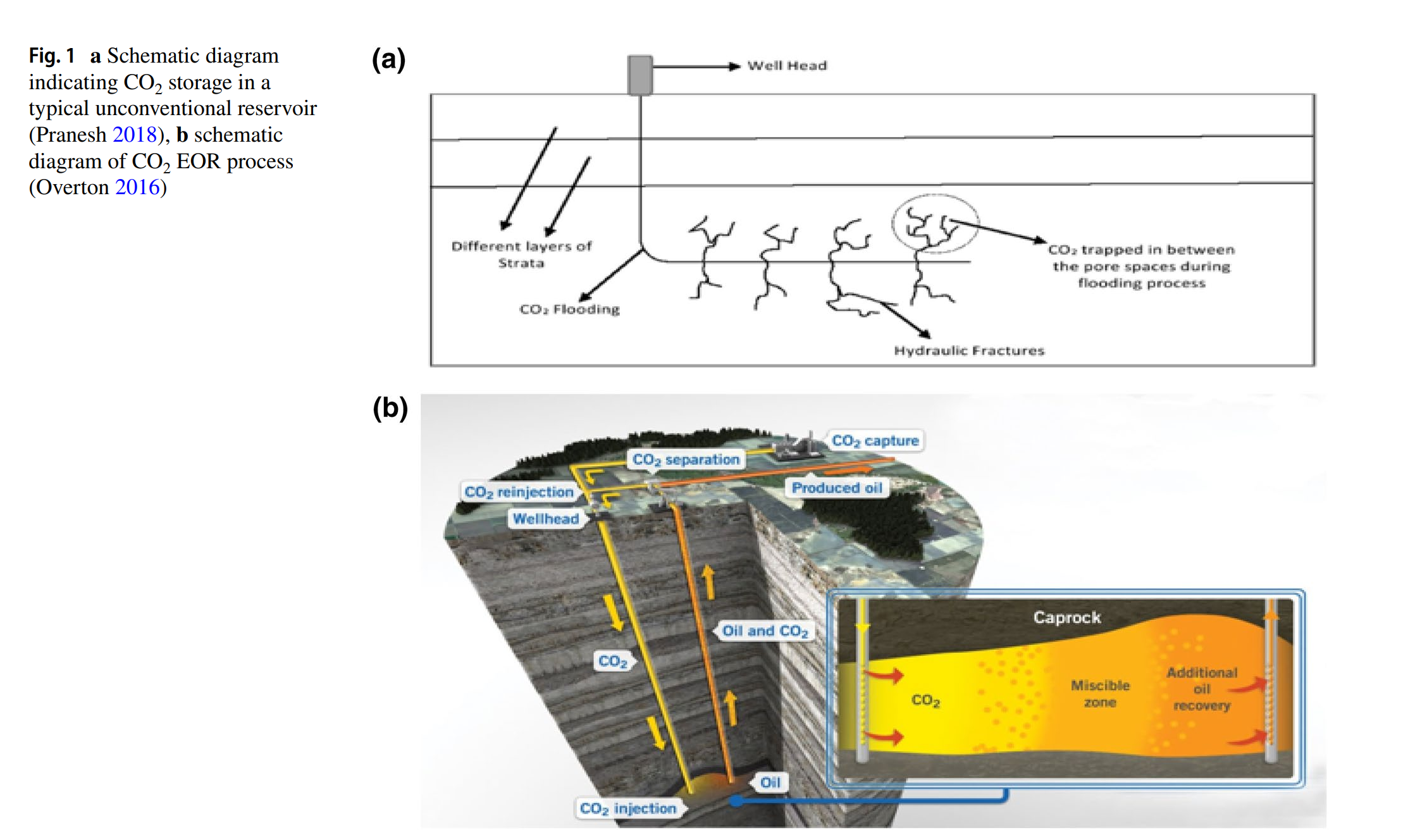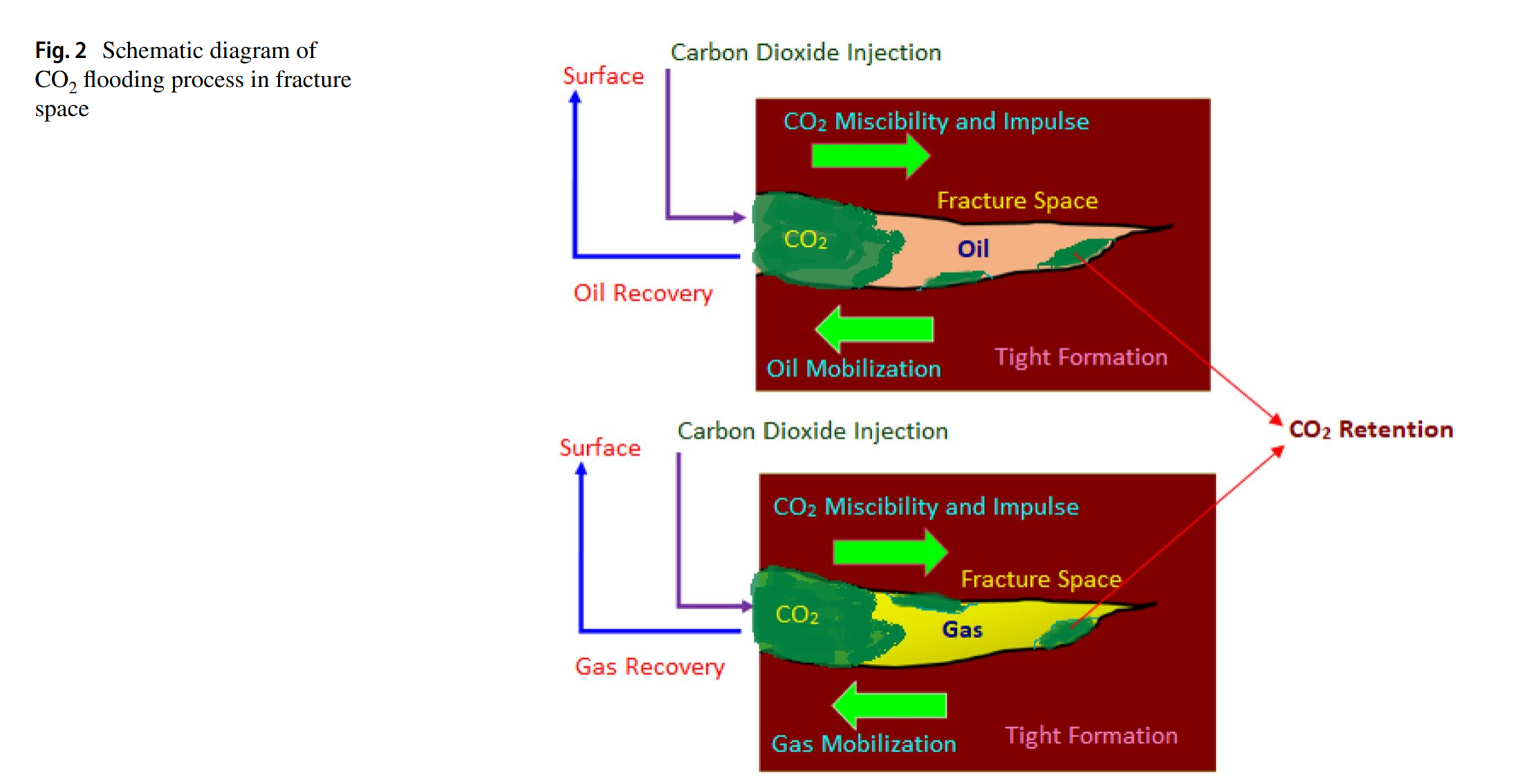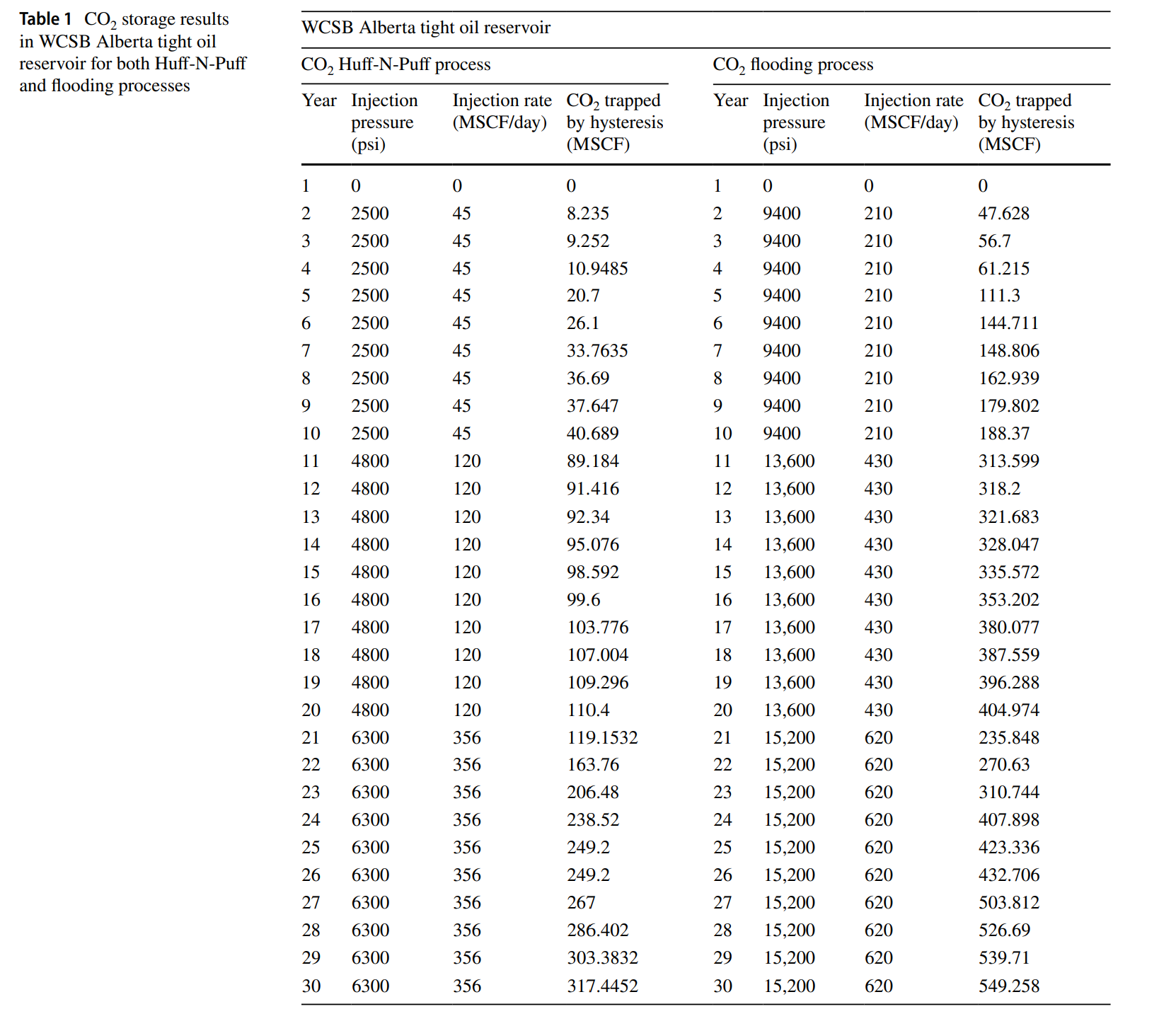Influence of CO2 retention mechanism storage in Alberta tight oil and gas reservoirs at Western Canadian Sedimentary Basin, Canada: hysteresis modeling and appraisal
Abstract
Rapid combustion of fossil fuels in huge quantities resulted in the enormous release of CO2 in the atmosphere. Subsequently, leading to the greenhouse gas effect and climate change and contemporarily, quest and usage of fossil fuels has increased dramatically in recent times. The only solution to resolve the problem of CO2 emissions to the atmosphere is geological/ subsurface storage of carbon dioxide or carbon capture and storage (CCS). Additionally, CO2 can be employed in the oil and gas fields for enhanced oil recovery operations and this cyclic form of the carbon dioxide injection into reservoirs for recovering oil and gas is known as CO2 Enhanced Oil and Gas Recovery (EOGR). Hence, this paper presents the CO2 retention dominance in tight oil and gas reservoirs in the Western Canadian Sedimentary Basin (WCSB) of the Alberta Province, Canada. Actually, hysteresis modeling was applied in the oil and gas reservoirs of WCSB for sequestering or trapping CO2 and EOR as well. Totally, four cases were taken for the investigation, such as WCSB Alberta tight oil and gas reservoirs with CO2 huf-n-puf and flooding processes. Actually, Canada has complex geology and therefore, implicate that it can serve as a promising candidate that is suitable and safer place for CO2 storage. Furthermore, injection pressure, time, rate (mass), number of cycles, soaking time, fracture half-length, conductivity, porosity, permeability, and initial reservoir pressure were taken as input parameters and cumulative oil production and oil recovery factor are the output parameters, this is mainly for tight oil reservoirs. In the tight gas reservoirs, only the output parameters differ from the oil reservoir, such as cumulative gas production and gas recovery factor. Reservoirs were modelled to operate for 30 years of oil and gas production and the factor year was designated as decision-making unit (DMU). CO2 retention was estimated in all four models and overall the gas retention in four cases showed a near sinusoidal behavior and the variations are sporadic. More than 80% CO2 retention in these tight formations were achieved and the major influencing factors that govern the CO2 storage in these tight reservoirs are injection pressure, time, mass, number of cycles, and soaking time. In general, the subsurface geology of the Canada is very complex consisting with many structural and stratigraphic layers and thus, it offers safe location for CO2 storage through retention mechanism and increasing the efficiency and reliability of oil and gas extraction from these complicated subsurface formations.
Keywords
CO2 retention · Hysteresis modeling · Tight reservoir · WCSB · EOR · Enthalpy
印度科学研究院地球科学中心





